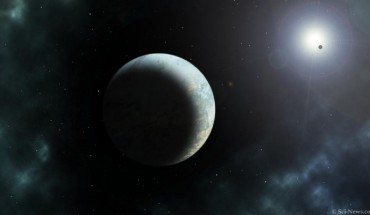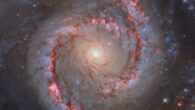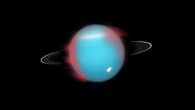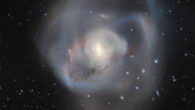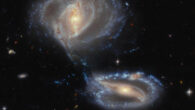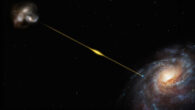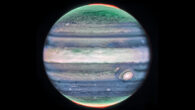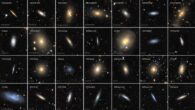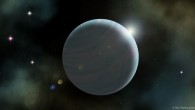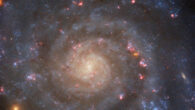In the search for life in the Universe, Earth provides a template of evolution for the one habitable planet we know. Earth’s atmospheric composition has changed significantly throughout its history. The last 500 million years — the Phanerozoic Eon, which includes the origins of animals, dinosaurs, and land plants — saw oxygen rise from around 10% to 35%. But the resulting transmission spectra are a crucial missing piece in our search...

